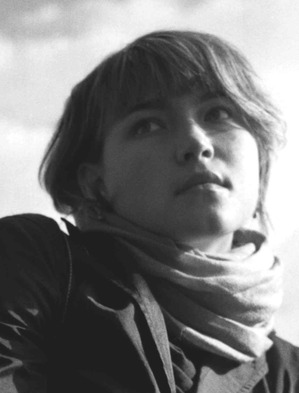 Evolution, like necessity, is a prolific mother of invention. And some inventors, in their turn, take their cue from evolution.
Evolution, like necessity, is a prolific mother of invention. And some inventors, in their turn, take their cue from evolution.
Velcro, for instance, was devised by a Swiss engineer after he observed under a microscope the interlocking hooks of the burrs that had gotten caught in his dog's fur, a way in which the plant adapted to spread its seeds. A skyscraper in Zimbabwe that's completely self-cooling and -heating has a ventilation system based on those of tower-building ants.
It's a phenomenon known as biomimicry, and UO biophysicist Raghu Parthasarathy is a true believer.
"What we're trying to do is dig into nature's toolbox," he said. "Evolution has been conducting experiments for 3.5 billion years, and that's a lot of time for trial-and-error."
For the past 18 months, Parthasarathy and his colleagues have been interested in mimicking one of nature's most elusive tricks: self-assembly, the process by which biological structures are programmed to recreate themselves if torn asunder. Imagine the liquid metal globules in Terminator 2 regenerating into the evil T-1000 android or the way a school of fish seems to magically organize itself, and you get the idea.
Specifically, Parthasarathy is fascinated by the potential of cell membranes, the thin outer skins that surround all a cell contains. Made of a two-molecule thick layer of lipids, membranes are masters of self-assembly: lipid molecules, if left in a beaker of water, will reconstitute themselves into a membrane without any nudging. This is because of the complicated interplay of their chemical makeup, electrical charge and shape -- the interactions at the center of Parthasarathy's research.
Parthasarathy believes if he can harness the properties that make this self-assembly possible, he can use membranes as a sort of biological Scotch Tape to create new and useful microscopic materials that would otherwise be too unstable.
In his experiments, he manipulates membranes to self-assemble together with miniscule glass particles. His lab has been collecting extensive data on how different membrane properties generate controllable attractions and repulsions among the glass particles. He hopes that these measurements will reveal pathways by which membrane-controlled interactions can create a filigreed lattice of glass particles, so fine that it will be able to manipulate beams of light.
Such a technology could be used in next-generation computer chips to move computations and operations literally at the speed of light.
However, he's still a ways away from creating such a complex structure. Currently, he's collecting data on the combination of two glass particles and a membrane. Once he moves on to three -- a necessary step in achieving his long-term vision -- it's possible either that the new system will behave as a simple extension of the two-particle system or that the additional particle could introduce new and unforeseen properties into the mix.
"If that happens, some people might be disappointed because it means we're much farther away from producing something functional," Parthasarathy said. "But I would be excited. To me, that means there's a big mystery to be solved, and that's why I became a scientist."
- Marc Dadigan


 When the volcano erupted, a UO professor discovered that local residents consoled themselves through song.
When the volcano erupted, a UO professor discovered that local residents consoled themselves through song.
 Join UO neuroscientists as they bring the host of the PBS series, The Human Spark into their brain research lab.
Join UO neuroscientists as they bring the host of the PBS series, The Human Spark into their brain research lab.  Temple Grandin, perhaps the world's best known person with autism, drew an overflow crowd to her UO talk.
Temple Grandin, perhaps the world's best known person with autism, drew an overflow crowd to her UO talk.

 Watch a slideshow about Elena Rodina's journalistic globetrotting, from the Arctic Circle to Cuba.
Watch a slideshow about Elena Rodina's journalistic globetrotting, from the Arctic Circle to Cuba.